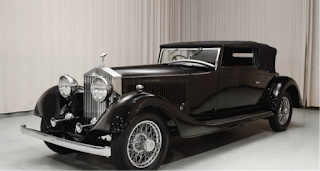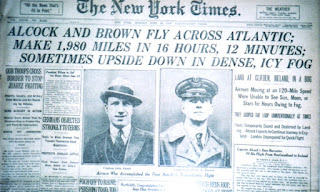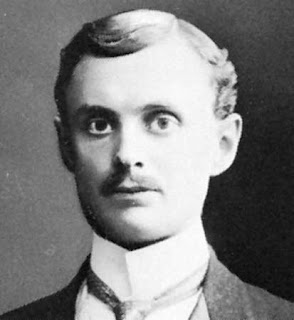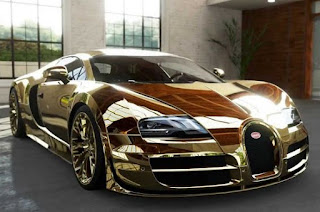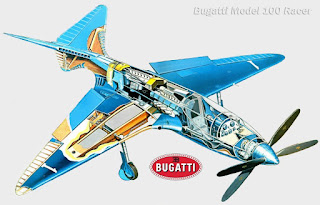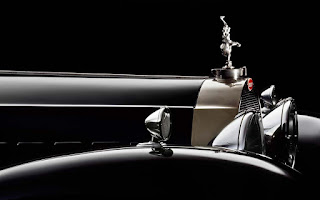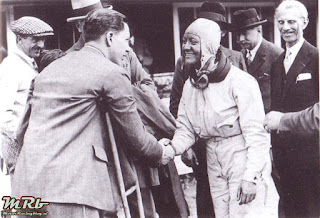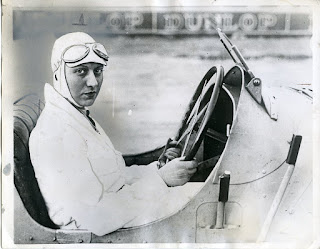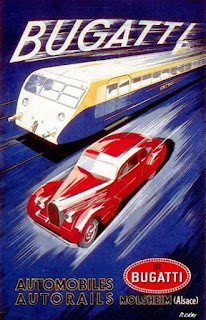History of Rolls Royce- "Arm Yourselves!" - autosmithcar.com

In 1940 a contract was signed with the Packard Motor Car Company in Detroit, Michigan, for the production of Merlin aero engines in the USA. Production focussed on aero engines but a variant of the Merlin engine, known as the Meteor , was developed for the Cromwell tank . The Meteor's development completed in 1943 the same team at the Belper foundry restarted work on an eight-cylinder car engine widening its uses and it became the pattern for the British Army's B range of petrol engines for post war combat vehicles [3] in particular in Alvis 's FV600 range, [nb 2] Daimler 's Ferret , Humber 's Hornet and Pig and Austin 's Champ . A time when all car companies worked together and not against each other. No bitter rivalry between companies, no smear campaigns just working men and woman working for the same thing.
